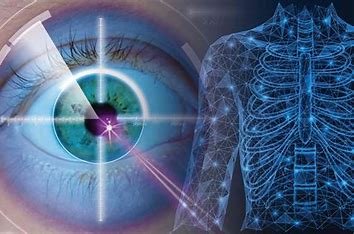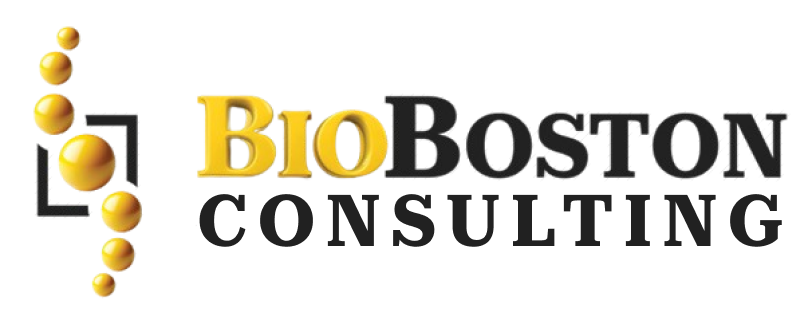Explore the latest trends in Boston’s medical device development, including wearable technology, AI, and robotics. Learn how these innovations are reshaping healthcare for better patient outcomes.
The world of medical device development is in middle of a paradigm shift, driven by wearable devices and artificial intelligence (AI) algorithms. In this article, we have covered the recent trends and advancements in medical device development that are changing the way of healthcare for future.
1. Wearable technology:
Wearable medical devices have taken off in popularity for providing 24/7 monitoring as well the collection of data. These devices, ranging from vital sign-tracking smartwatches to drug-delivering wearable patches give patients autonomy over their own health and provide healthcare professionals with resources for more personalized patient care.
2. Internet of Medical Things (IoMT):
The IoMT ecosystem consists of connected healthcare systems and medical objects supporting the exchangeable data in an orderly manner, allowing remote control. Through the use of IOT enabled medical devices, it can connect and relay crucial information between them in turn sending data to cloud platforms making sense such as IoT remote patient monitoring predictive analytics and timely interventions
3. Artificial Intelligence (AI) & Machine Learning:
AI-based algorithms are transforming the medical device space by ensuring predictive analytics, image recognition and decision support systems. By making use of machine learning algorithms, we will be able to harness the power encapsulated in a wealth of medical data and develop methods that can scrutinize patterns across millions and forecast patient outcomes for improved diagnostic accuracy as well clinical strategies.
4. Additive Manufacturing:
Additive or 3D printing technology (commonly referred to as fabricating objects through sequential, layer-by-layer design) is revolutionizing the way medical devices are made by allowing for efficient prototyping and mass customization of implants, prosthetics, and surgical instruments. Fueled by 3D printing, this shift in paradigm allows medical device manufacturers to develop precision-engineered products with an entirely new level of performance tailored specifically for the patient.
5. More on Robotics and Automation in Surgical Procedures:
The comparison will be made for robotic surgery to offer minimally invasive techniques with greater precision, robotics are paving way of the new era. These technologies are enhancing the capacities of healthcare providers, from robotic-assisted surgery systems to automated medication dispensing devices that improve patient outcomes.
6. Nanotechnology:
Nanotechnology has great potential in the development of medical devices, providing new alternatives for drug delivery systems, diagnostics and tissue engineering. By exploiting the delivery of nanoscale devices that target specific cells or tissues, treatment efficacy can be significantly increased and at a much lower side effect rate which make it possible to enter into an era of personalized medicine along with regenerative therapies.
7. Biosensors and Wearable Biomedical Devices:
Biosensing techniques have contributed to the advancement of wearable biomedical devices that help in non-invasive monitoring of different biomarkers, physiological properties. These devices are capable of recognizing the early signs of diseases, tracking chronic conditions and can also deliver insights for personalized interventions which makes users more in charge when it comes to managing their own health proactively.
8. Virtual and Augmented Reality:
Virtual and augmented reality are changing medical training, patient education as well as surgical planning. The visualization of complex anatomical structures and the simulations of realistic scenarios are generating innovative solutions that benefit medical instruction, guide surgical procedures better or provide a reduction in procedural risks.
9. Bioelectronics and Neurostimulation:
Bioelectronic devices, such as cochlear implants (for those with hearing loss) or neurostimulating packs recently approved for help in binge eating disorders, have enabled innovative treatment modalities used to treat neurological diseases, chronic pain conditions along with metabolic states. These devices can modulate electrical signals within the body to restore normal physiological function, alleviate symptoms and improve quality of life for patients.
10. Point-Of-Care Diagnostics:
Remotely accessible prescription-based diagnostic devices offer expedited point-of-care testing for infectious diseases, chronic conditions and biomarker identification. These portable devices could help lead to timely interventions, save healthcare dollars and improve patient outcomes, especially where resources are lacking.
Conclusion – Point-Of-Care Diagnostics: Quick and Efficient Testing Solutions
As medical device developers vie to leverage the power of this new technology, collaboration with focused consulting firms can be a game changer by facilitating compliance pathways, fine-tuning product development strategies and speeding up market entry. One Boston-based life sciences innovator is BioBoston Consulting, helping medical device companies in the region make their way from product development to market readiness.
Contact BioBoston Consulting today or visit for more information on how we can support your organization.


